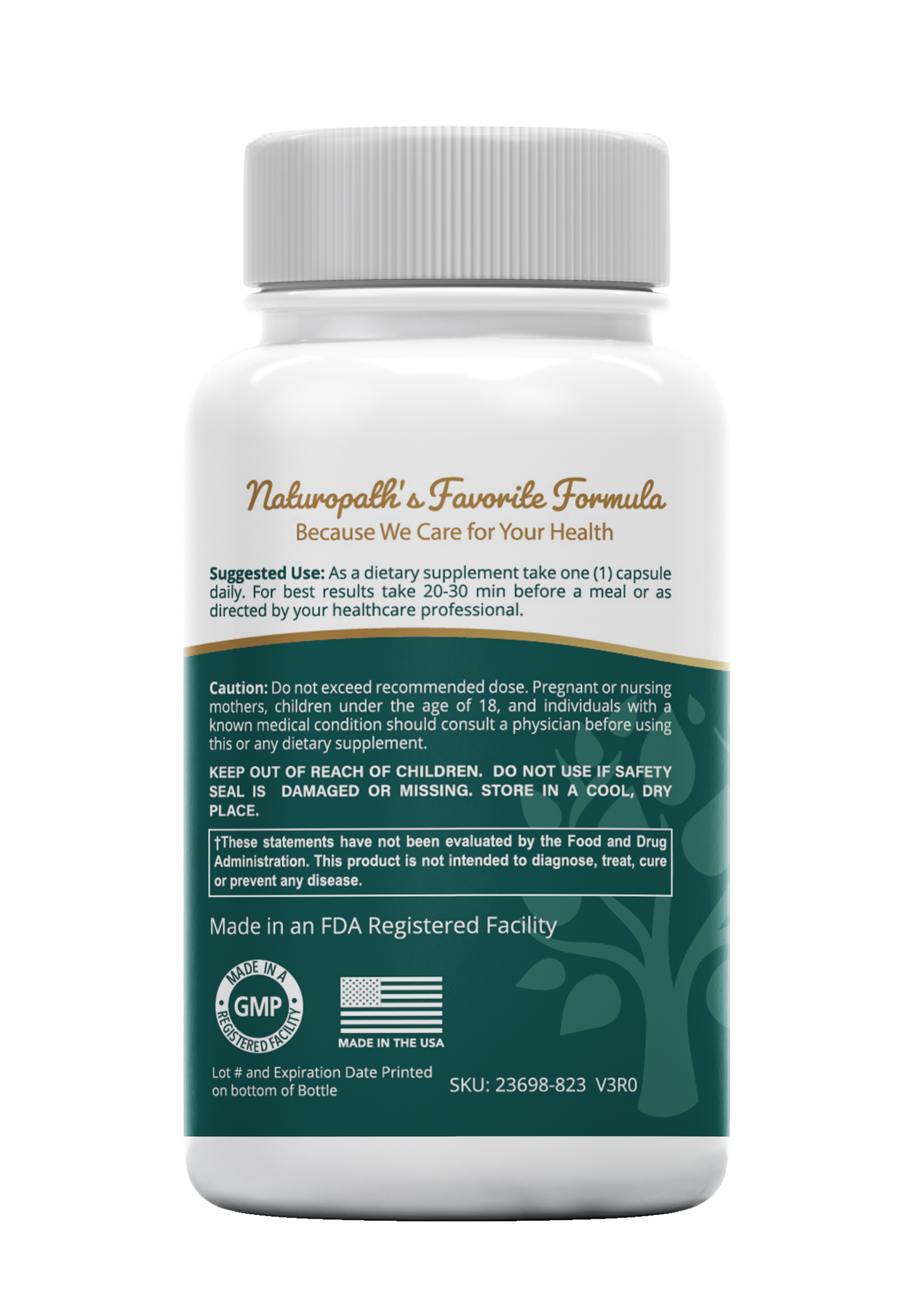Use coupon code BLACKFRIDAY at checkout.



For centuries, turmeric and ginger have been trusted as staple herbs in traditional wellness routines. Packed with natural compounds like curcumin and gingerol, they work together to provide support for overall balance and vitality.
Turmeric and ginger are often chosen for their ability to support ease of movement and flexibility.
Both herbs have a long history of being used to help maintain a calm, balanced digestive system.
The natural compounds in turmeric and ginger help support your body’s daily resilience.

Known for their traditional use in supporting joint comfort, digestive balance, and overall vitality, these powerful botanicals work together to promote daily wellness from the inside out.

Here's What Users Have to Say
Found in turmeric, supports overall balance and vitality.
From ginger root, helps maintain everyday comfort and resilience.
Help protect against daily stressors and promote overall wellness.

Ginger and turmeric may support calm digestion.
Time-tested ingredients trusted for centuries in food and wellness.
Provides natural compounds that help keep you feeling your best.

Adding turmeric with ginger to your daily wellness routine is simple and effective. To help you feel confident, here are answers to common questions:
Yes, it’s designed for daily use as part of your regular wellness routine.
It supports joint comfort, digestion, antioxidant protection, and overall vitality.
Together, they complement each other’s natural compounds, offering more complete support.
Yes, it’s made with plant-based ingredients and does not contain animal products.
It’s generally well tolerated, but you may want to check with your healthcare provider if you take other supplements.
No, it’s made with naturally sourced turmeric and ginger, without unnecessary fillers.